Home>Renovation & DIY>Tools & Equipment>What Is Sandpaper Used For In Art
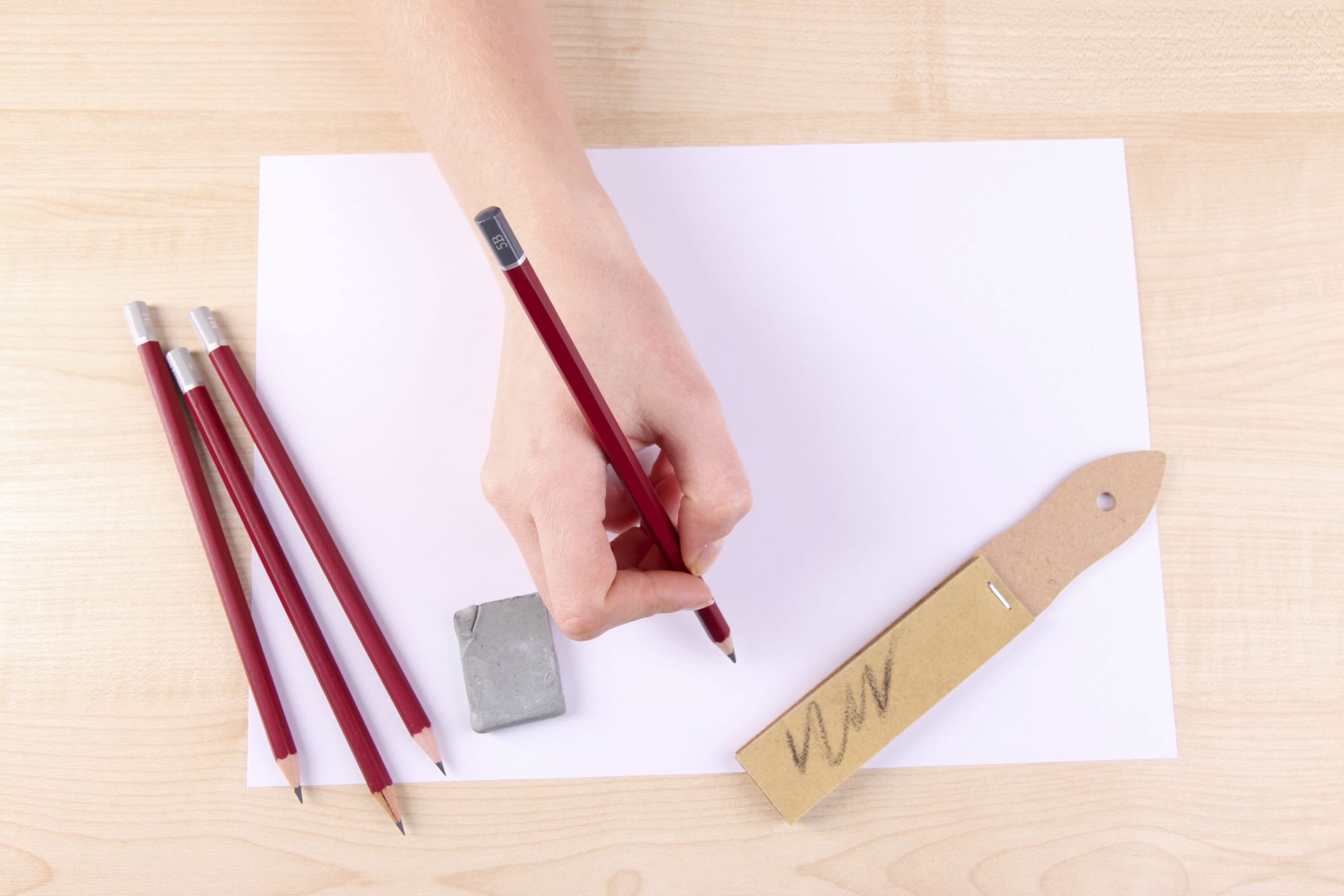

Tools & Equipment
What Is Sandpaper Used For In Art
Published: January 8, 2024
Discover the many uses of sandpaper in art. From smoothing surfaces to creating unique textures, learn how this essential tool can enhance your artistic creations. Find tools and equipment for your artistic projects.
(Many of the links in this article redirect to a specific reviewed product. Your purchase of these products through affiliate links helps to generate commission for Storables.com, at no extra cost. Learn more)
Introduction
When it comes to creating art, the tools and materials used play a crucial role in bringing the artist’s vision to life. One such tool that is often overlooked but essential for achieving desired results is sandpaper. Sandpaper, as the name suggests, is a rough paper used for sanding or smoothing surfaces. While it is commonly associated with carpentry and home improvement projects, sandpaper also has remarkable applications in the world of art.
In the realm of art, sandpaper serves multiple purposes, from surface preparation to texture creation, shaping, smoothing, and even removing imperfections. Its versatility makes it a valuable asset for artists working with various mediums such as wood, metal, clay, and even canvas.
In this article, we will delve into the different types of sandpaper, explore its various applications in the art world, discuss safety precautions, and explore alternative tools and techniques.
So, let’s dive in and unlock the exciting possibilities of using sandpaper in art!
Key Takeaways:
- Sandpaper is a versatile tool in art, offering applications from surface preparation to texture creation, shaping, and removing imperfections. Understanding its uses empowers artists to elevate their artwork.
- Safety precautions and alternative tools and techniques complement sandpaper’s role in art, ensuring artists can create safely and explore new avenues for artistic expression.
Read more: What Is Sandpaper Used For
Types of Sandpaper
Sandpaper comes in a variety of grits, each designated by a number that represents its coarseness or fineness. The grit number ranges from very coarse to very fine, allowing artists to choose the appropriate sandpaper for their specific needs.
Here are some of the common types of sandpaper:
- Coarse Grit: Coarse grit sandpaper, typically ranging from 40 to 80, is used for heavy material removal. It is ideal for shaping and smoothing rough surfaces, such as carving blocks or achieving initial form in sculpting.
- Medium Grit: Medium grit sandpaper, ranging from 100 to 150, is often used for general sanding purposes. It is suitable for removing scratches, blemishes, and preparing the surface for further refinement.
- Fine Grit: Fine grit sandpaper, ranging from 180 to 220, is ideal for achieving a smooth finish on various surfaces. It can be used for sanding wood, metal, or even glass in art projects that require refined details and a polished appearance.
- Extra Fine Grit: Extra fine grit sandpaper, ranging from 320 to 600 and above, is used for finishing touches and achieving a high level of smoothness. It is commonly used in meticulous artwork like woodcarving, where every tiny detail matters.
- Wet and Dry Sandpaper: This type of sandpaper can be used for both wet and dry applications. Wet sanding is often used when working with wood or metal to minimize dust and achieve a smoother surface. It requires using water or a lubricant to reduce friction and prevent clogging.
It is important to note that different mediums may require specific sandpaper types. For instance, when working with delicate materials like paper or canvas, artists might opt for ultra-fine sandpaper to avoid any damage to the surface.
Understanding the different types of sandpaper and their applications will help artists choose the appropriate grit for each project, ensuring optimum results and achieving the desired texture, smoothness, or finish.
Surface Preparation
Surface preparation is a crucial step in any art project. Whether you are working on a canvas, wood panel, or metal surface, proper preparation ensures that the paint, adhesive, or other mediums adhere smoothly and evenly.
Sandpaper plays a vital role in surface preparation by removing any roughness, imperfections, or previous layers of paint or varnish. It creates a clean and smooth surface for the subsequent layers of artwork.
Here are a few key ways in which sandpaper is used for surface preparation:
- Removing Old Paint or Varnish: Sandpaper can effectively strip away old layers of paint, varnish, or other coatings from a surface, allowing for a fresh start. Start with a coarse grit sandpaper to remove most of the old material, then gradually move to finer grits to achieve a smooth and even texture.
- Smoothing Rough Surfaces: Sometimes, the surfaces of canvases or wood panels can have rough areas or imperfections that can affect the overall look of the artwork. By gently sanding these rough spots, you can create a more even surface, ensuring that the paint or other mediums can be applied smoothly.
- Preparing Wood Surfaces: If you are working with wood as your medium, sanding is crucial to creating a polished and professional look. Sanding the wood surface ensures that it is smooth and free from any saw marks, knots, or unevenness that can affect the final artwork.
- Preparing Metal Surfaces: Sanding metal surfaces helps to remove rust, corrosion, or any surface imperfections. This creates a clean and smooth surface for further artistic treatments such as applying metallic paints or creating textures.
- Priming Surfaces: Sandpaper is also used to prepare surfaces for priming. By lightly sanding the surface before applying primer, the adhesion is improved, ensuring that the primer coats the surface evenly and creates a strong bond between the surface and the subsequent layers of artwork.
By employing sandpaper for surface preparation, artists ensure that their artwork starts on a solid foundation, with a smooth and uniform surface that allows for greater control and a more professional finish.
Texture Creation
Texture is an essential element in many art forms, adding depth, visual interest, and a tactile quality to the artwork. Sandpaper can be a valuable tool for creating various textures in different mediums, allowing artists to add unique and captivating elements to their pieces.
Here are some ways in which sandpaper can be used to create texture in art:
- Scraping and Sanding: By scraping or sanding the surface of a medium, such as wood, artists can create interesting textures. Running sandpaper across the grain or using a scraping tool can reveal the natural grain of the wood or create deliberate patterns for added visual appeal.
- Layering and Distressing: Sandpaper is commonly used in mixed media art, where artists layer different materials and then distress them for a vintage or weathered look. By carefully sanding specific areas, artists can expose layers beneath, creating a textured and aged appearance.
- Blending and Softening: Sandpaper can be used to blend colors or soften edges in both painting and drawing mediums. By lightly sanding the surface, artists can achieve a smooth transition between different elements, creating a visually pleasing and cohesive artwork.
- Additive and Subtractive Techniques: Sandpaper can be used to both add and remove material to create texture. For instance, artists working with clay can use sandpaper to roughen specific areas or achieve a stippled effect. Similarly, in relief sculpture, artists can use sandpaper to smooth certain areas while leaving textured surfaces intact.
- Embossing and Printmaking: Sandpaper can be used to add texture to printmaking plates and relief blocks. By gently sanding the surface of the block, artists can create different patterns and textures that will be transferred to the paper during the printing process, adding depth and character to the final print.
Experimentation with sandpaper can lead to exciting and unexpected results, allowing artists to push the boundaries of their creativity and explore new possibilities in texture creation.
It is important to note that different sandpaper grits and techniques will yield different texture effects. Finding the right combination depends on the desired outcome and the medium being used.
Overall, sandpaper provides artists with a versatile tool for adding dimension, tactile qualities, and visual interest to their artwork through the creation of unique and captivating textures.
Shaping and Smoothing
Sandpaper is a valuable tool for artists when it comes to shaping and smoothing various mediums. Whether you are sculpting clay, carving wood, or shaping metal, sandpaper allows for precise and controlled adjustments to achieve the desired form and finish.
Here are some ways in which sandpaper is used for shaping and smoothing:
- Wood Sculpting: Sandpaper is essential for refining the shape and contours of wood sculptures. By using different grits, artists can gradually smooth out rough areas, blend transitions, and create a polished finish.
- Clay Sculpting: When working with clay, sandpaper can be used to shape and smooth the surface. It helps to remove excess clay, refine details, and achieve a desired texture before firing or applying paint.
- Metalworking: Sandpaper is valuable for shaping and finishing metal surfaces. It can smooth rough edges, remove burrs, and refine details in metal sculptures or jewelry-making, resulting in a polished and professional look.
- Stone Carving: In stone carving, sandpaper is used for the final stages of smoothing and polishing. It can remove any tool marks left behind by chisels and rasps, creating a smooth and even surface that highlights the natural beauty of the stone.
- Resin and Polymer Clay: Sandpaper is used to shape and smooth resin and polymer clay creations. It helps to refine edges, eliminate imperfections, and achieve a flawless finish in jewelry-making or miniature sculpting.
Sandpaper allows artists to have greater control over the shaping and smoothing process, ensuring that their artwork reflects their intended vision. It helps to refine details, eliminate rough spots, and create a seamless and professional finish.
When using sandpaper for shaping and smoothing, it’s important to start with a coarser grit and gradually move to finer grits, ensuring a smooth transition and achieving the desired level of refinement. Additionally, taking breaks during the process to inspect and reevaluate the shaping and smoothing progress is recommended, allowing for adjustments and fine-tuning as needed.
By utilizing sandpaper effectively, artists can transform their creations from rough prototypes to beautifully shaped and meticulously refined works of art.
Sandpaper is commonly used in art for creating texture, distressing surfaces, and smoothing rough edges. It can be used on various materials such as wood, metal, and even some types of paper to achieve different artistic effects.
Read more: What Sandpaper To Use On Concrete
Removing Imperfections
One of the primary uses of sandpaper in art is the removal of imperfections. Whether it’s small blemishes, raised areas, or uneven surfaces, sandpaper provides artists with a reliable method to eliminate flaws and create a flawless canvas for their artwork.
Here are some ways in which sandpaper is used to remove imperfections:
- Smooth Out Drips and Runs: Sandpaper can be used to smooth out drips or runs in paintings and other liquid mediums. By carefully sanding the affected area, artists can blend and even out the surface, eliminating any unsightly marks and achieving a seamless finish.
- Eliminate Air Bubbles: When working with resin or other materials that may develop air bubbles, sandpaper can be used to remove these imperfections. By gently sanding the surface, artists can level out the resin and create a smooth and flawless appearance.
- Remove Chipped or Scratched Paint: Sandpaper is invaluable for repairing and restoring damaged or chipped paint. By carefully sanding the area, artists can remove any imperfections and create a smooth surface for touch-up painting or applying a fresh coat of paint.
- Smooth Out Uneven Surfaces: The natural texture of some mediums, such as wood or stone, may contain rough or uneven areas that don’t align with the artistic vision. Sandpaper can be used to smooth these surfaces, creating a uniform texture and eliminating distractions or irregularities.
- Correct Mistakes: Sandpaper provides artists with a tool to correct mistakes they may have made during the artistic process. Whether it’s a misplaced line, an unintended texture, or an errant brushstroke, sandpaper allows for adjustments and smoothing to ensure the final result meets the artist’s expectations.
By using sandpaper to remove imperfections, artists can turn mistakes into opportunities for improvement and create a flawless surface for their artwork. It’s important to approach sanding with care and precision, taking the time to assess and correct imperfections gradually to avoid over-sanding or damaging the underlying material.
With the assistance of sandpaper, artists can achieve a polished and pristine finish, ensuring that their artwork is free from any distractions or imperfections that may detract from its overall impact.
Sandpaper Techniques in Art
When it comes to incorporating sandpaper into artistic processes, there are various techniques that artists can employ to achieve specific effects and enhance their creations. These techniques allow artists to explore new dimensions, create unique textures, and add distinct visual elements to their artwork.
Here are some popular sandpaper techniques used in art:
- Scumbling: Scumbling is a technique where artists lightly drag sandpaper across a painted surface to create a soft, hazy effect. It adds a subtle texture, blurs edges, and creates a dreamy atmosphere.
- Dry Brushing: Dry brushing involves using sandpaper to roughen the surface of a paintbrush. This technique allows artists to apply paint with a dry brush, creating a textured and grainy effect on the canvas.
- Sgraffito: In sgraffito, artists apply a layer of paint and then scratch or scrape through it using sandpaper. This technique exposes the underlying layers of paint or texture, creating a visually striking contrast and adding depth to the artwork.
- Blending Colors: Sandpaper can be used to blend colors smoothly on a painting surface. By gently sanding and rubbing different areas, artists can achieve seamless transitions and soft gradients, resulting in a harmonious and cohesive composition.
- Creating Patterns: Artists can use sandpaper to create patterns and designs on various surfaces. By using sandpaper with different textures or combining it with stencils, artists can achieve unique and visually interesting patterns that add visual depth and intrigue to their artwork.
- Sanding Layers: Sandpaper can be used to selectively remove layers of paint or other mediums to reveal the layers underneath. This technique allows artists to create a distressed or weathered look, adding character and a sense of history to the artwork.
These techniques are just a few examples of how sandpaper can be used innovatively in art. The possibilities are virtually limitless, and artists are encouraged to experiment and explore their own unique ways of incorporating sandpaper into their creative process.
By incorporating sandpaper techniques into their art practice, artists can add texture, depth, and visual interest to their artwork, elevating its overall impact and creating a one-of-a-kind masterpiece.
Safety Precautions
While sandpaper is a valuable tool in the art-making process, it is essential to prioritize safety to avoid any potential hazards or injuries. By following some safety precautions, artists can protect themselves and ensure a safe working environment. Here are some important safety tips to keep in mind when using sandpaper:
- Eye Protection: Wear safety goggles or protective eyewear to shield your eyes from dust and debris generated during the sanding process. This is especially crucial when working with materials like wood, as fine particles can cause eye irritation or injury.
- Dust Mask: Use a dust mask or respirator to prevent the inhalation of fine dust particles. Sanding can generate airborne particles that can be harmful to your respiratory system, so it is important to protect your lungs by wearing a properly fitted mask.
- Skin Protection: When sanding, be mindful of the abrasive nature of the sandpaper. It can cause skin irritation or abrasions, so it is advisable to wear gloves or use hand protection to minimize the risk of injury.
- Ventilation: Always work in a well-ventilated area or use a fan to ensure proper air circulation. This helps to disperse any dust or fumes generated during the sanding process, reducing the concentration of airborne particles that can be harmful if inhaled.
- Clean Workspace: Keep your workspace clean and free of clutter to minimize the risk of accidents. This includes regularly removing dust and debris from your work area to maintain a safe and organized environment.
- Proper Tool Usage: Familiarize yourself with the correct way to use sandpaper and the tools associated with it. Ensure that the sandpaper is securely attached to the appropriate tool and that you are using the right technique for your specific project. Misusing or mishandling sandpaper or tools can lead to accidents or injuries.
- Dispose of Waste Properly: Dispose of used sandpaper and any waste materials in a safe manner. Follow local regulations and guidelines for proper disposal to minimize environmental impact and potential hazards.
By following these safety precautions, artists can create a safe working environment and minimize the risk of accidents or health issues associated with the use of sandpaper.
Remember, safety should always be a top priority when working with any tools or materials. By taking proper precautions and working responsibly, artists can enjoy the creative process while protecting their well-being.
Alternative Tools and Techniques
While sandpaper is a versatile tool with various applications in art, there are alternative tools and techniques that artists can explore to achieve similar effects or expand their creative possibilities. These alternatives provide artists with different approaches and can yield unique results. Here are some alternative tools and techniques to consider:
- Emery Boards: Emery boards, typically used for filing and shaping nails, can be an alternative to sandpaper for smaller and more delicate projects. They are available in different grits and can be used for surface preparation and light sanding.
- Wire Brushes: Wire brushes are excellent for creating textured effects on mediums like wood and metal. They can be used to scrape or roughen the surface, resulting in intriguing patterns and adding visual interest to the artwork.
- Pumice Stone: Pumice stone is a natural, porous volcanic rock that can be used to create texture on various surfaces. It is commonly employed in pottery or sculpture to roughen or refine the surface, providing a unique tactile experience.
- Power Tools: Power tools, such as rotary tools or sanding machines, offer a faster and more efficient way to sand and shape surfaces. These tools allow for greater precision and control, particularly when working on intricate and detailed projects.
- Burnishing: Burnishing involves using a smooth, hard object like a metal spoon or bone folder to create a polished or smooth finish on surfaces like paper or clay. It can be a great alternative for achieving a refined look without the use of sandpaper.
- Chemical Etching: Chemical etching involves the use of acid or other chemical substances to create texture or remove layers from surfaces. This technique can yield intricate and unique results on mediums like metal or glass.
These alternative tools and techniques provide artists with different avenues for exploring texture, shape, and surface treatment in their artwork. It’s important to experiment and find the tools and techniques that best suit your artistic style and desired outcome.
Remember to always follow proper safety guidelines and instructions when working with alternative tools or techniques, as they may come with their own precautions and requirements.
By exploring these alternatives, artists can expand their artistic repertoire and discover new ways to express their creativity.
Read more: What Sandpaper To Use On Wood Filler
Conclusion
Sandpaper may seem like a humble tool, often associated with carpentry and home improvement projects, but its role in the world of art is far from insignificant. From surface preparation to texture creation, shaping, smoothing, and removing imperfections, sandpaper offers artists a wide range of capabilities and possibilities that can elevate their artwork to new heights.
Throughout this article, we have explored the various types of sandpaper, its applications in art, safety precautions, and alternative tools and techniques. Understanding the different grits and their respective uses empowers artists to select the appropriate sandpaper for each project, ensuring optimal results and a seamless artistic process.
Surface preparation is a crucial step in any art project, and sandpaper plays a vital role in creating a clean and smooth canvas for the artist’s vision. By removing old paint, smoothing rough surfaces, and priming appropriately, sandpaper sets the stage for successful artwork creation.
Texture creation is another exciting aspect where sandpaper shines. Whether by scraping, layering, blending, or embossing, sandpaper allows artists to add depth and tactile qualities that bring their artwork to life. With its versatility, artists can explore a multitude of texturing techniques to achieve unique and captivating effects.
Sandpaper also proves invaluable for shaping and smoothing various mediums, including wood, clay, and metal. Its ability to refine details, eliminate imperfections, and shape sculptures makes it an indispensable tool for achieving the artist’s desired form and finish.
Furthermore, sandpaper is a trusted ally when it comes to removing imperfections, whether it be correcting mistakes, smoothing drips in paintings, or fixing chipped paint. Artists can rely on sandpaper to create flawless surfaces that showcase their artistic vision without distractions.
Alongside these primary uses, sandpaper offers a wide array of techniques that artists can explore. From scumbling and dry brushing to sgraffito and blending colors, artists can leverage sandpaper’s versatility to expand their creative possibilities and achieve their desired artistic outcomes.
While working with sandpaper, it is crucial to prioritize safety. Wearing protective eyewear, masks, and gloves, ensuring proper ventilation, and maintaining a clean workspace are all essential precautions that artists should take to protect their well-being.
Finally, we discussed alternative tools and techniques that can complement or substitute sandpaper in certain scenarios. Emery boards, wire brushes, power tools, burnishing, and chemical etching offer artists different avenues for experimentation and artistic expression.
In conclusion, sandpaper may appear to be a simple tool, but its applications and contributions to the world of art are diverse and substantial. By understanding its various uses, adopting safety precautions, and exploring alternative tools and techniques, artists can unlock the full potential of sandpaper and create extraordinary works of art that captivate and inspire.
Frequently Asked Questions about What Is Sandpaper Used For In Art
Was this page helpful?
At Storables.com, we guarantee accurate and reliable information. Our content, validated by Expert Board Contributors, is crafted following stringent Editorial Policies. We're committed to providing you with well-researched, expert-backed insights for all your informational needs.
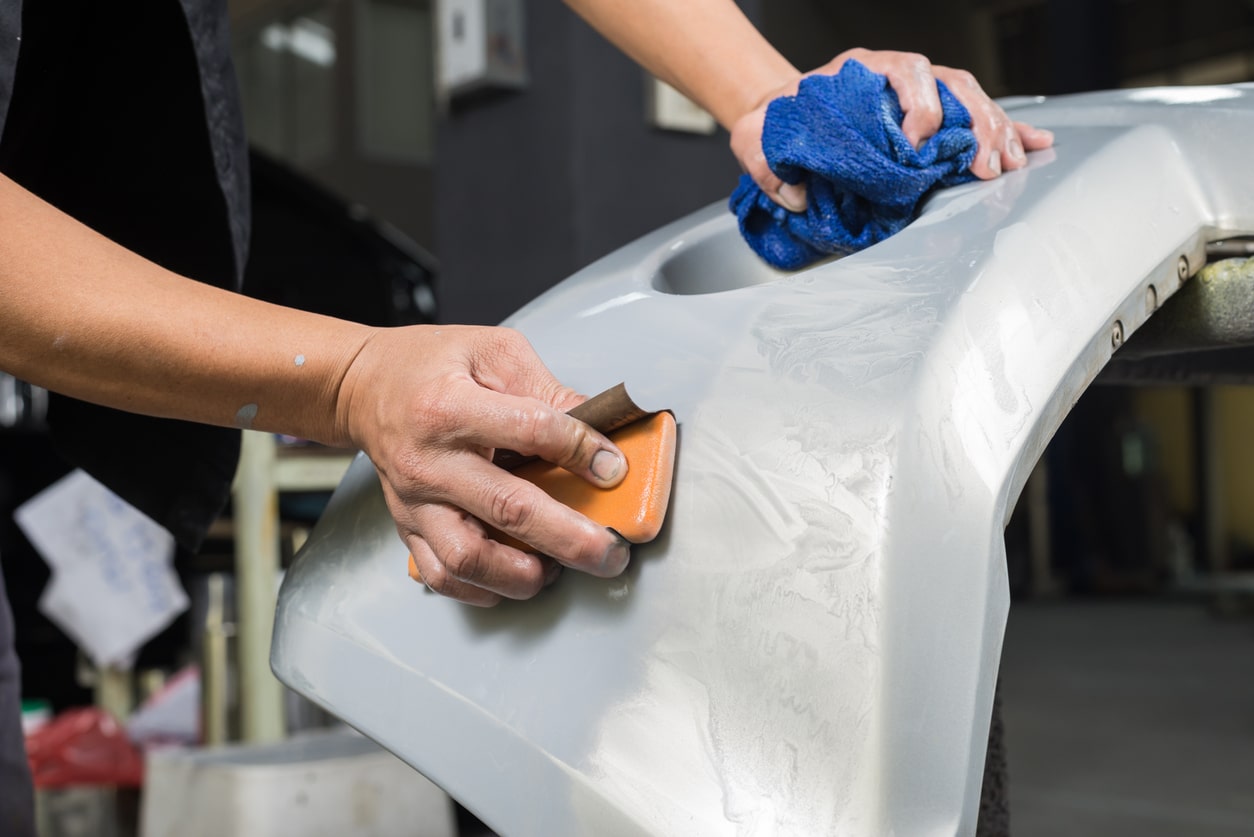
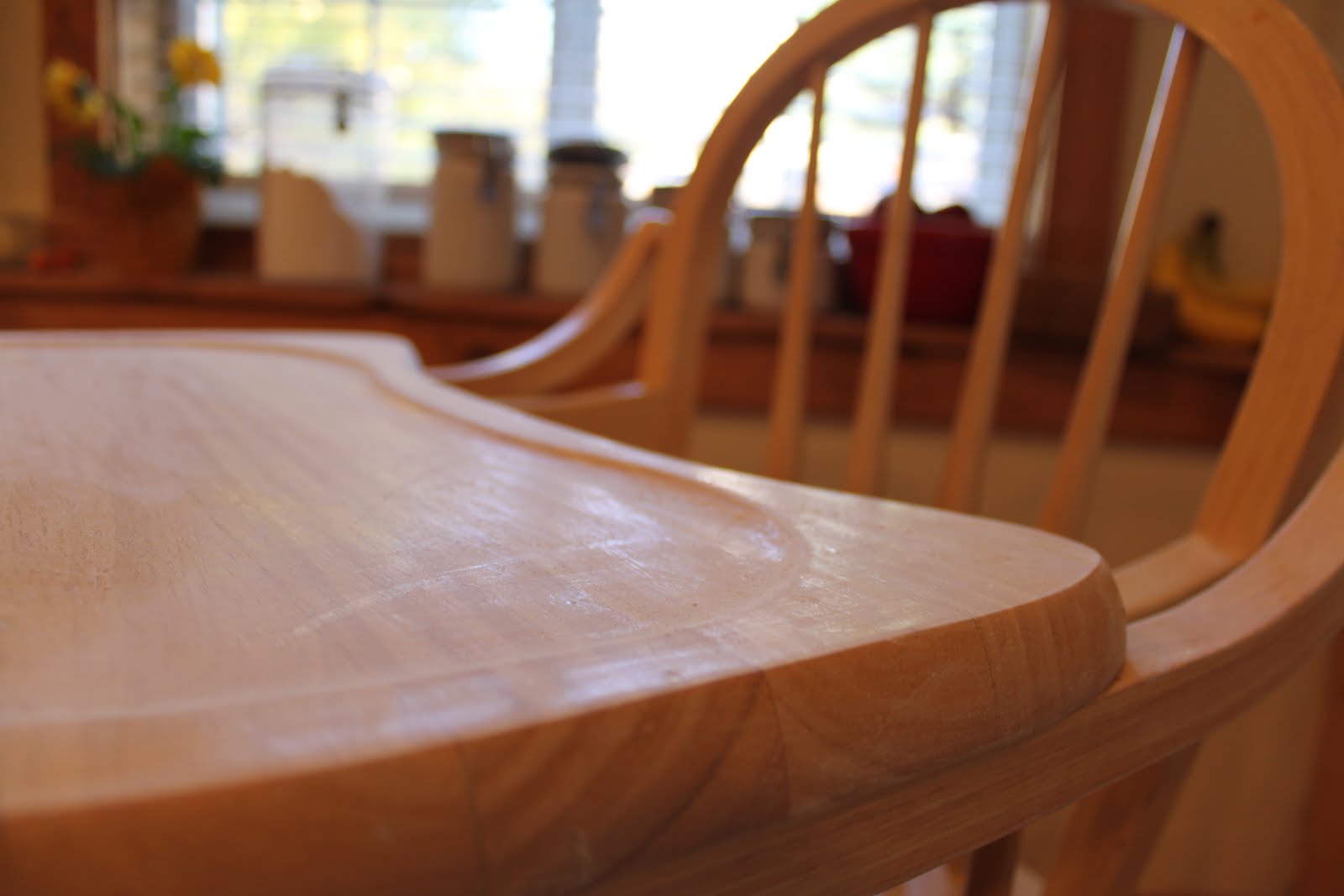
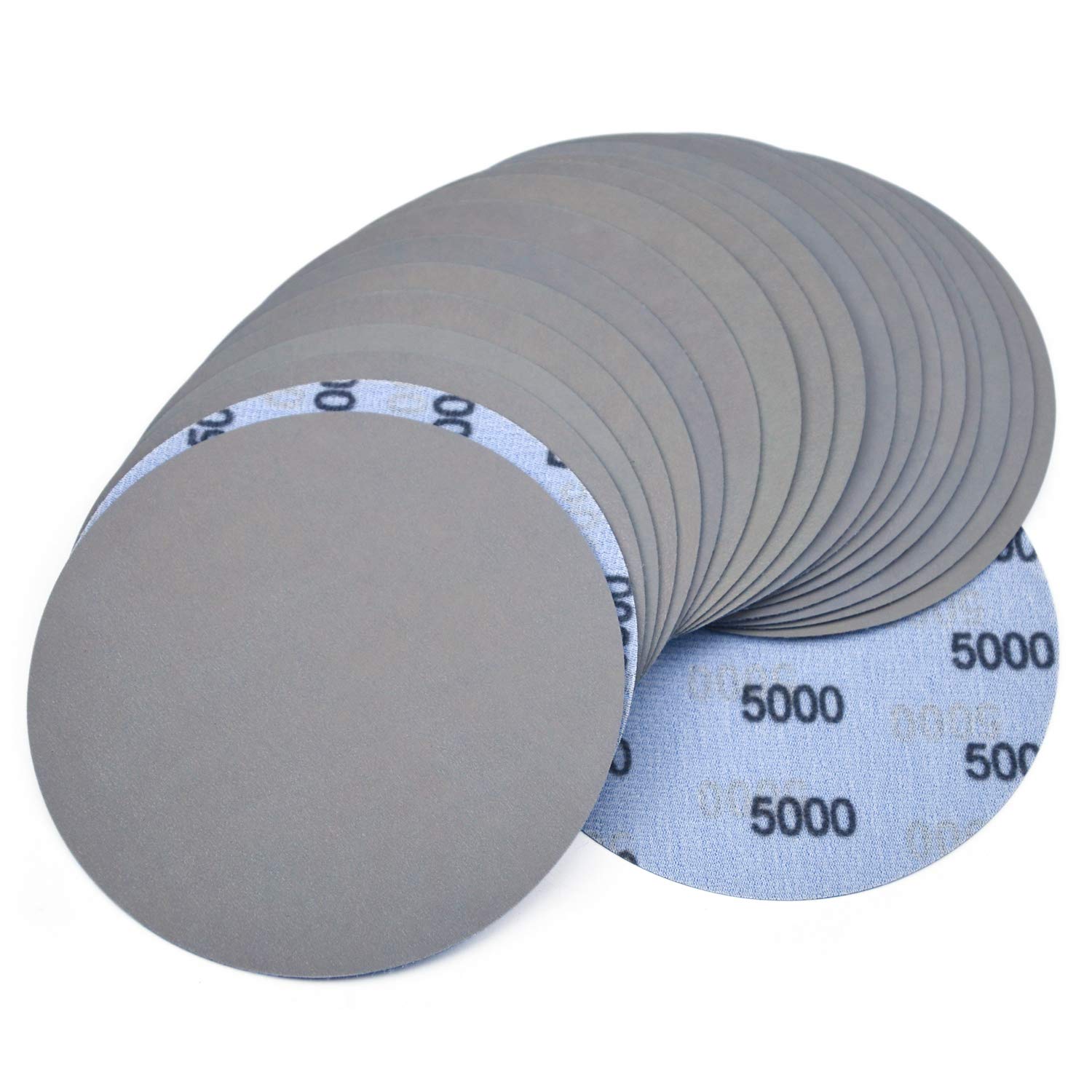
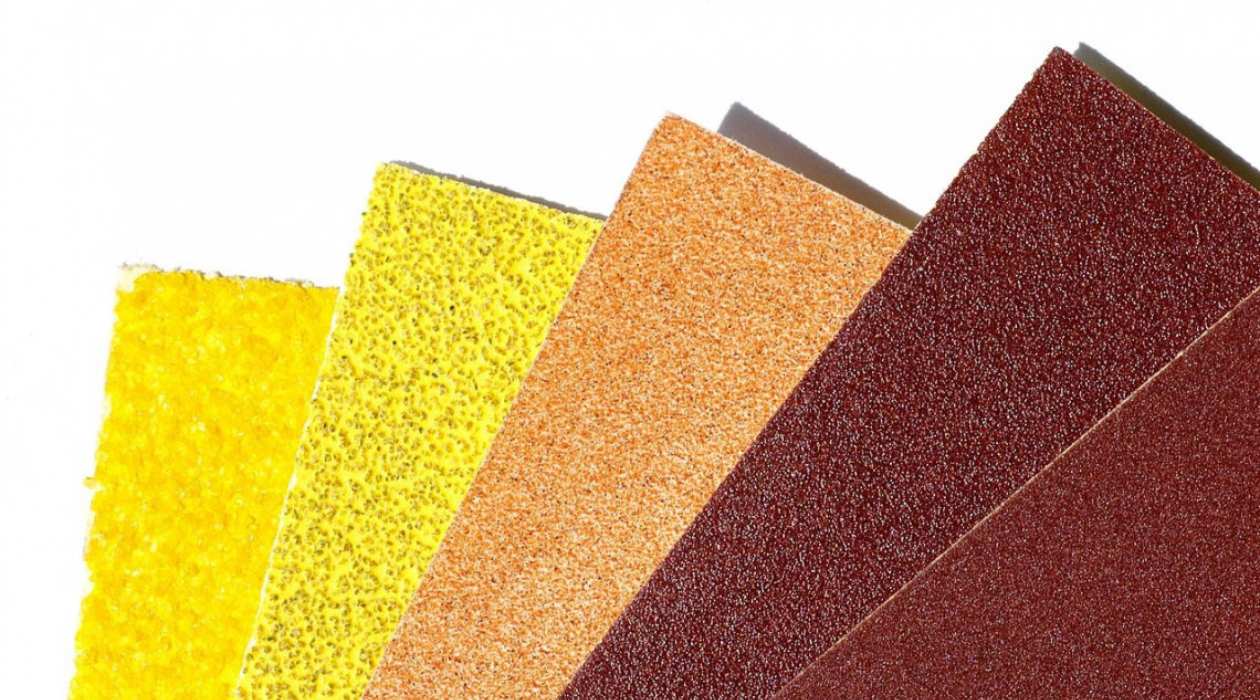

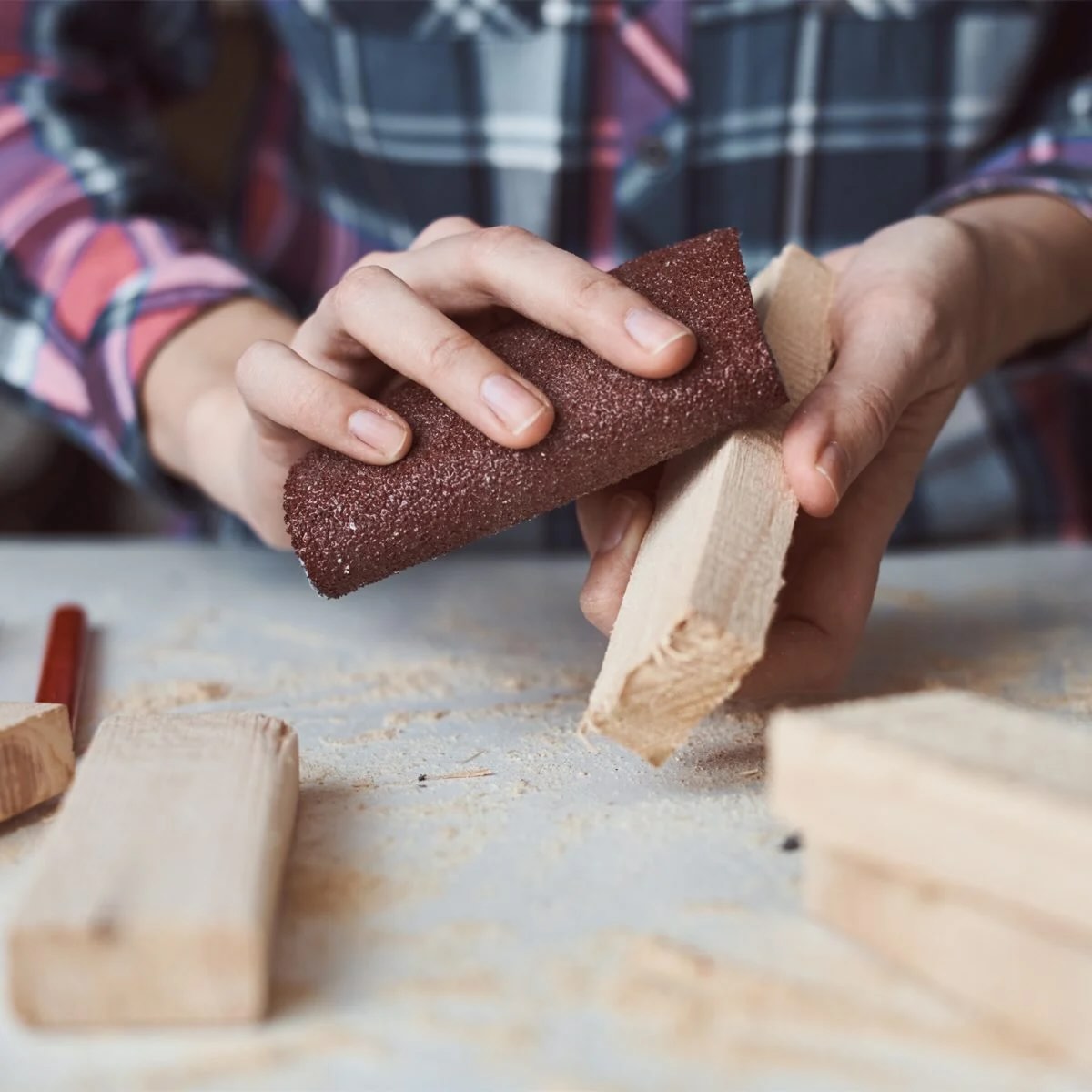
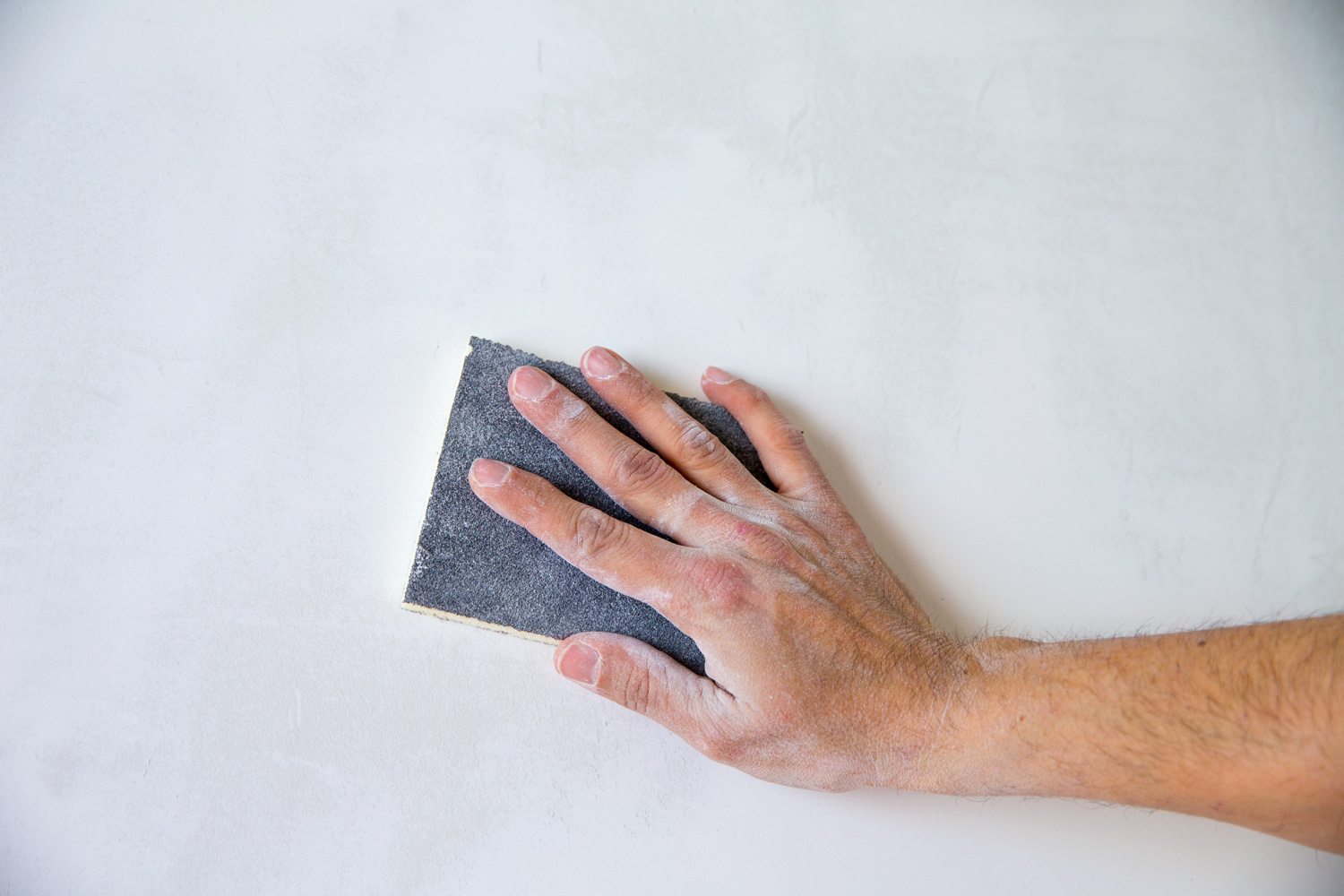
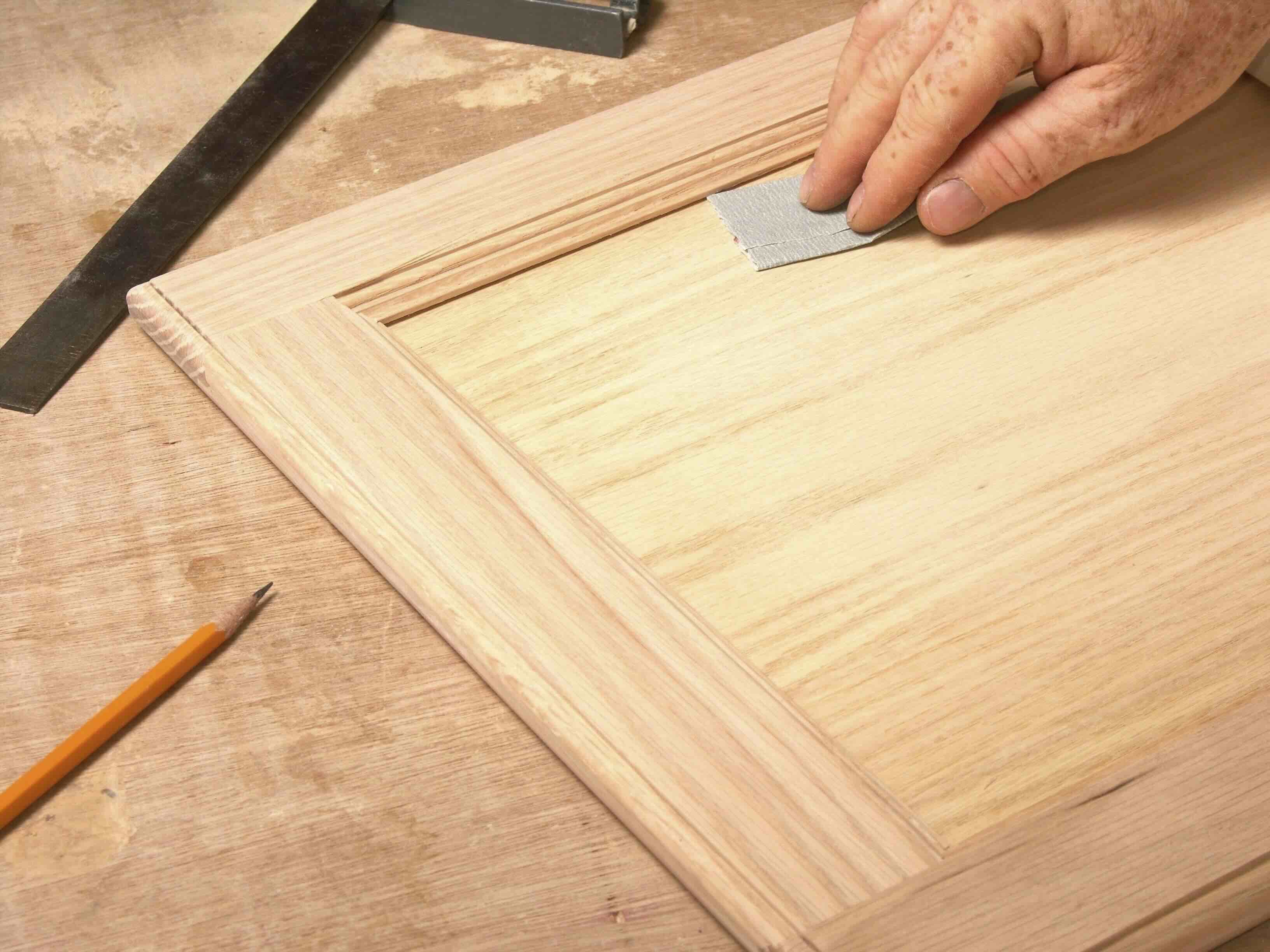
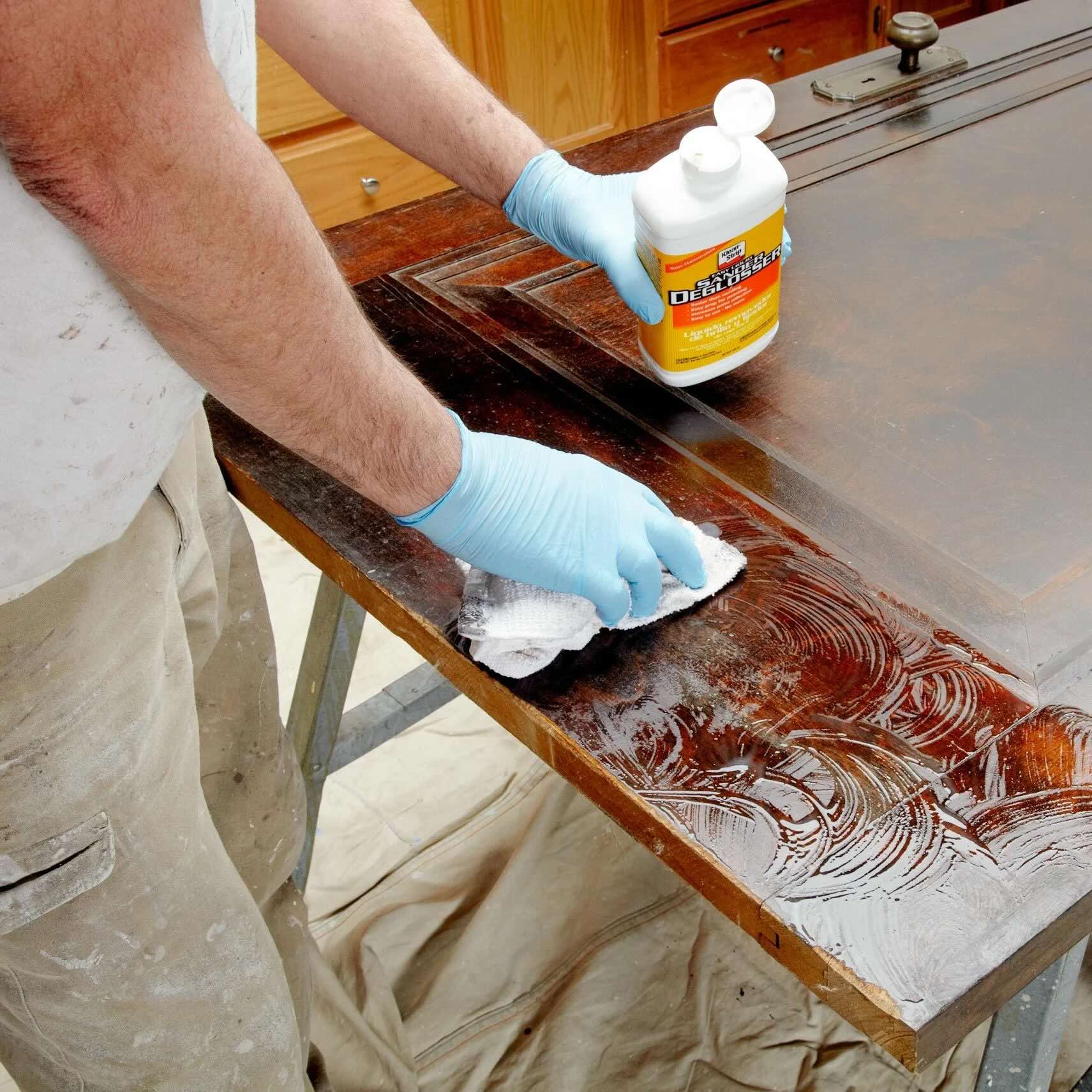
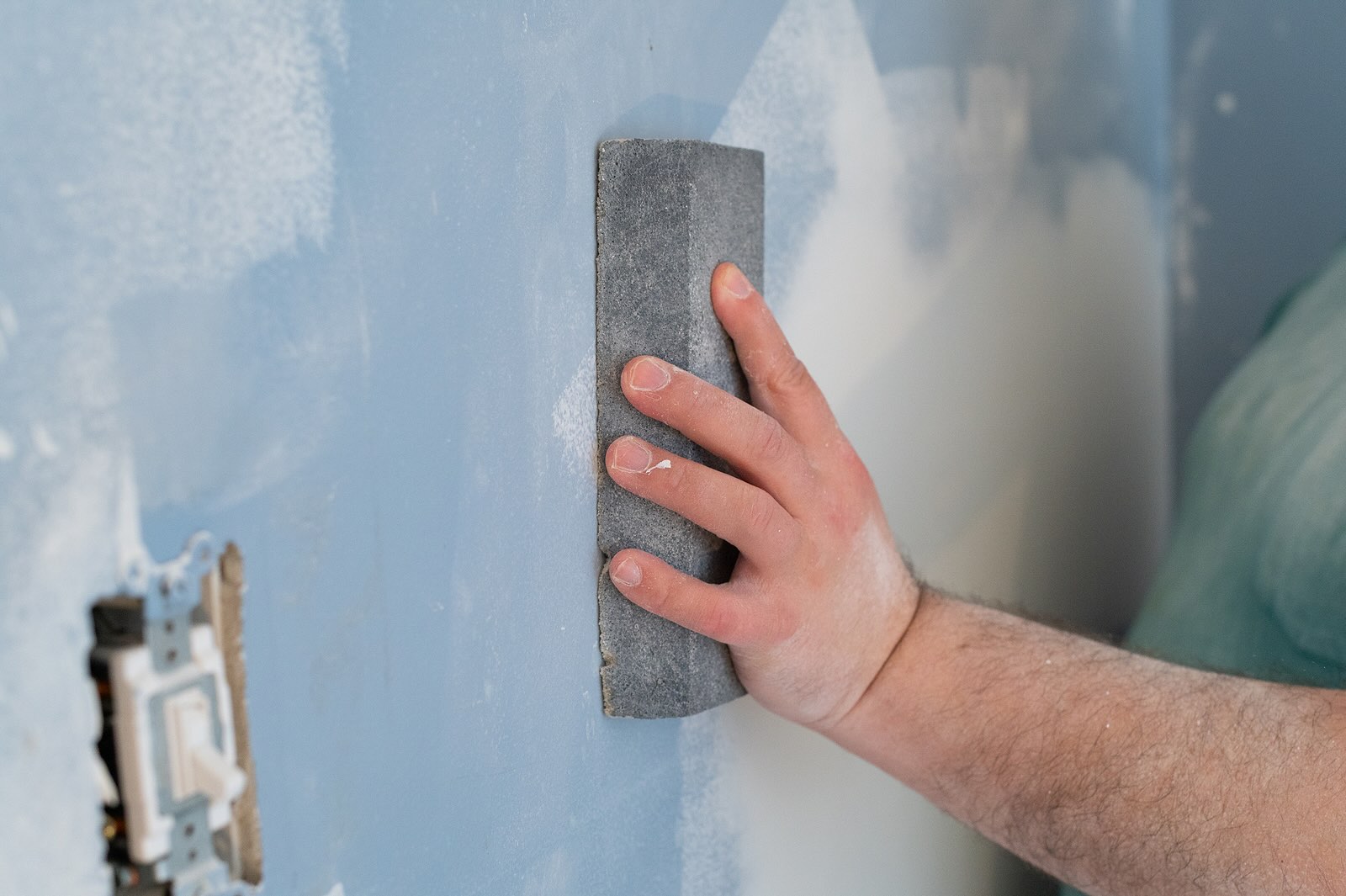
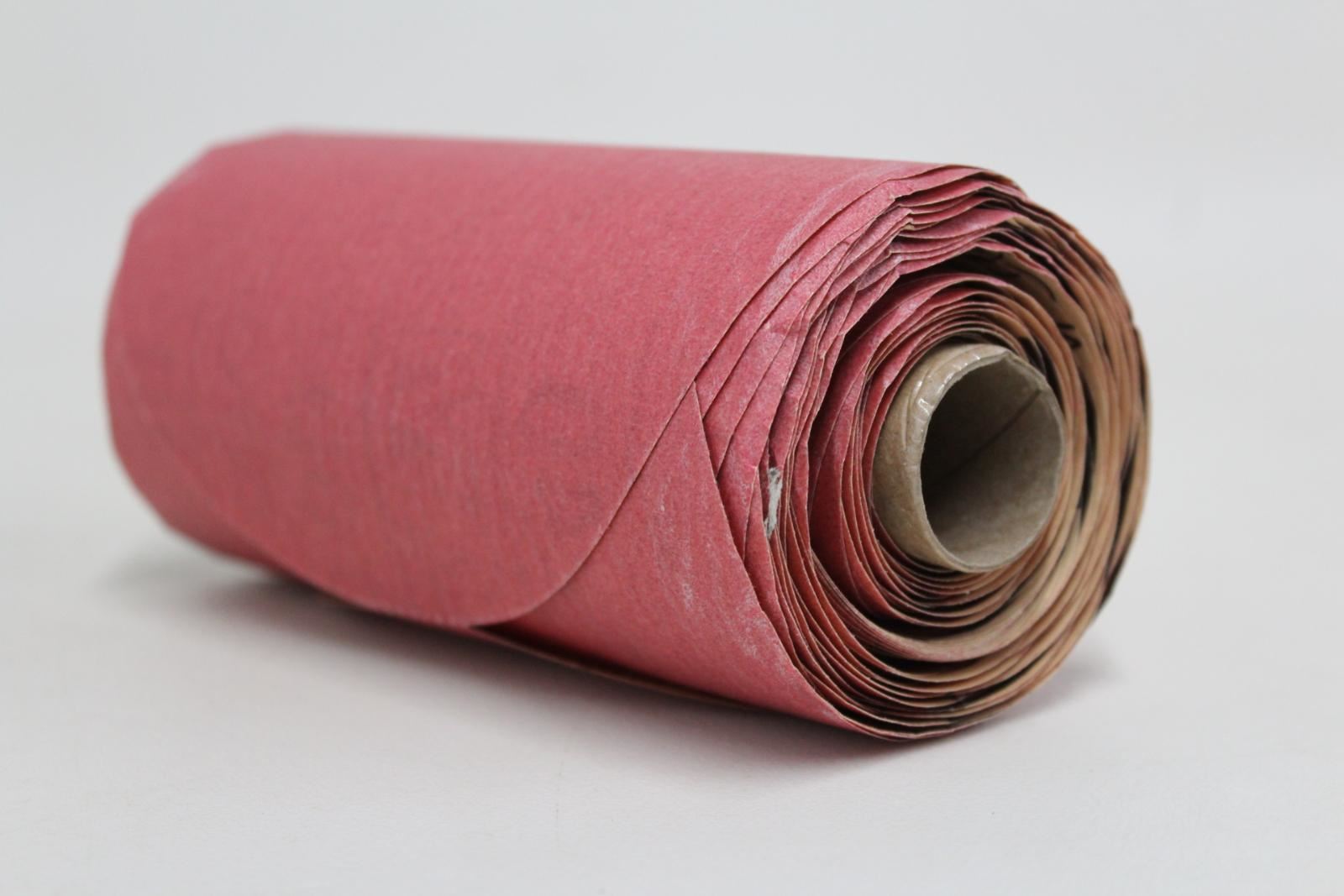


0 thoughts on “What Is Sandpaper Used For In Art”